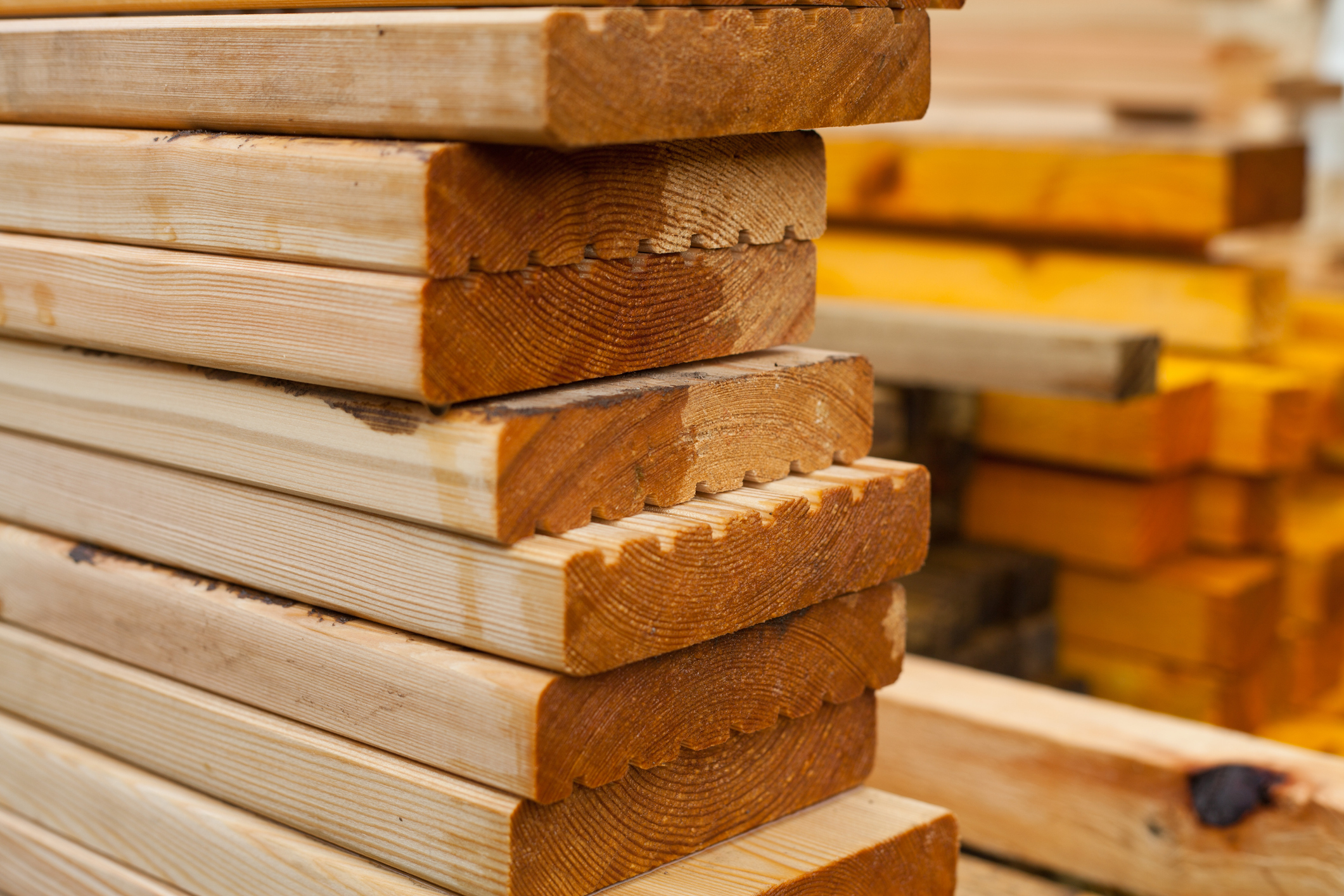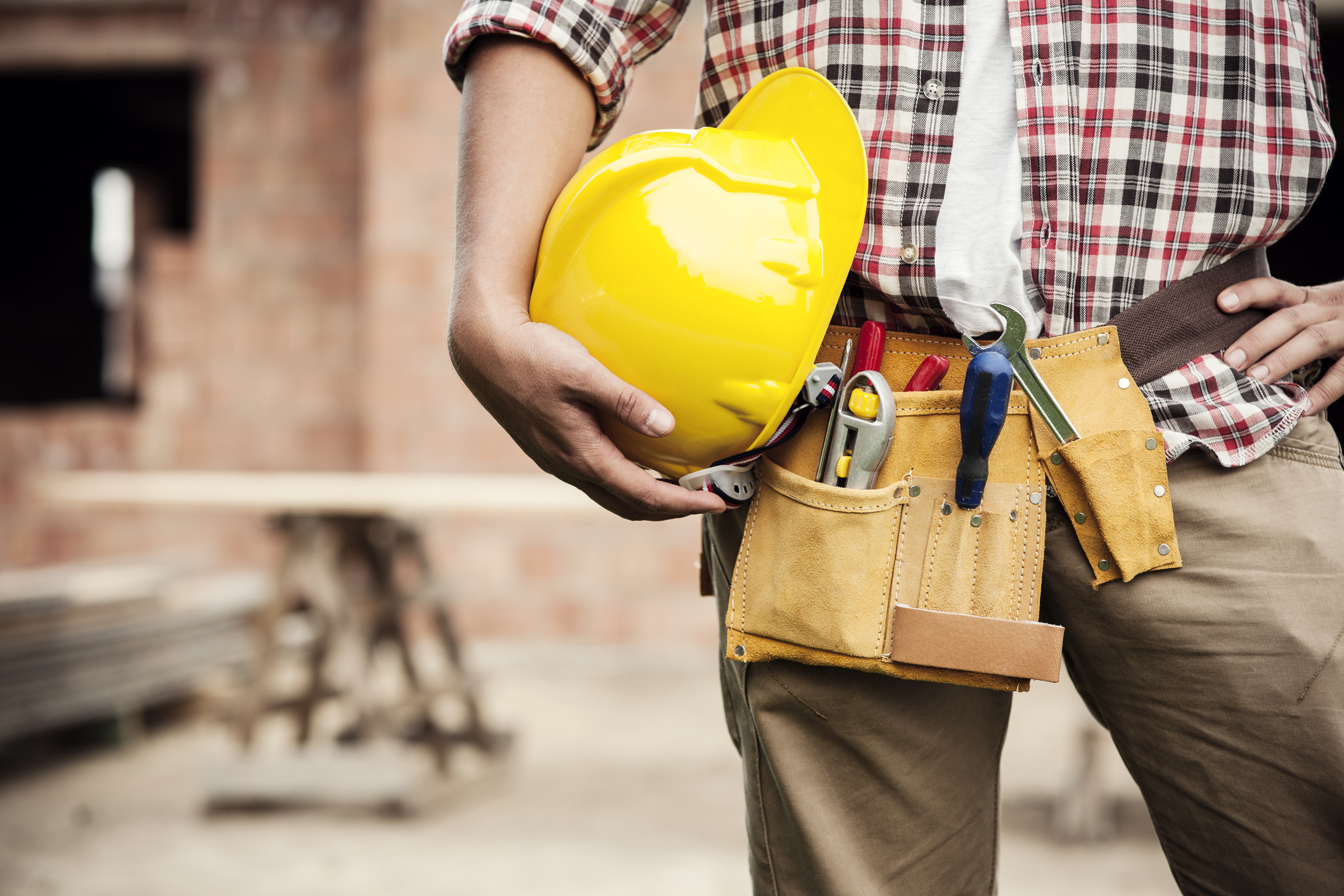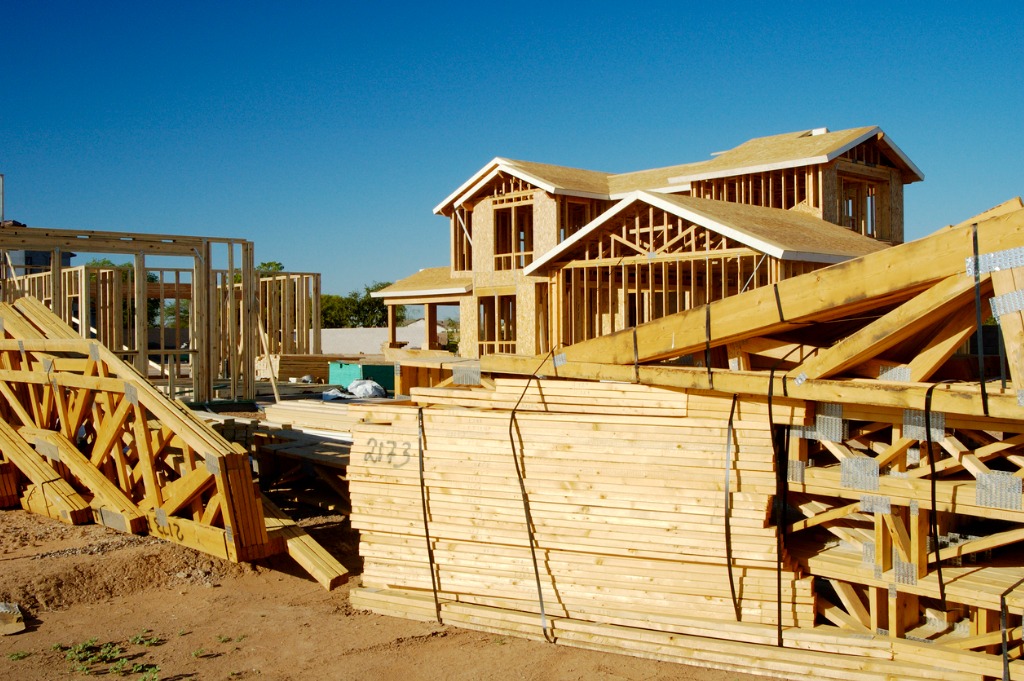Lumber Back Up

The price of lumber has jumped back up again and is adding to the cost of new home construction.
Over the past four months, lumber prices have nearly tripled, causing the price of an average new single-family home to increase by more than $18,600.
According to Random Lengths, as of the end of December, the price of framing lumber topped $1,000 per thousand board feet — a 167% increase since late August.
This most recent lumber price upsurge is due to a number of factors, including:
- Ongoing supply chain disruptions
- A doubling of tariffs on Canadian lumber imports into the U.S. market that increased price volatility
- An unusually strong summer wildfire season in the western United States and British Columbia
Predictions on what lumber prices will do during 2022 are mostly pointing to even higher costs for home builders and ultimately, new home buyers.
Construction Openings

It’s not just the availability of materials impacting home builders today, it’s also the availability of labor.
The market could use more inventory. Home builders are trying to catch up.
You’ve likely read the stories about the cost and availability of materials making an impact on home builders’ ability to keep pace with demand.
It turns out they have another factor impacting them as well- labor.
There are more construction job openings than ever before in history.
This is according to a new report from the Bureau of Labor Statistics.
There are 410,000 job openings in the Construction Sector.
A year ago there were 253,000.
If you know of anyone looking for work, there is a good chance a home builder could use the help.
Record Increase

Home builders have experienced their largest-ever increase in building costs so far in 2021.
This is according to the latest Producer Price Index report.
Year to date, building costs are up 14.5%. This amount tops the previous record of 7.1% which occurred in 2008.
Specific materials which have seen significant increases include lumber, drywall and steel.
The price of steel has risen 117% this year.
These material cost increases combined with increases in items like building permits and tap fees are causing home builders to raise their sales prices.
Lower Lumber

Lumber prices are becoming more normal again.
After soaring this Spring to record levels, they have lowered back to near pre-pandemic levels.
The current price for 1000 board feet of lumber is $577. This is 62% below the price this past May when it reached an all-time high of $1,515.
In the years leading up to the pandemic, prices tended to be between $350 and $500.
While this is great news for consumers and home builders, the prices aren’t drastically lower yet in the lumber aisle at your local bib-box hardware store.
This is because many retailers are still selling through their inventory of lumber which they purchased at higher prices.
However, for the long term, home buyers will benefit from the more normal lumber prices that now exist in the market.
Avoiding the Pitfalls of Home Addition Construction


When dissatisfaction with your current home strikes, it can be exciting to launch into a plan for a new addition. A new living room, bedroom, or more can add value to your home while improving your quality of life.
On the other hand, even a modest addition can turn into a major construction project, with architects and contractors to manage, construction workers traipsing through your home, hammers pounding, and sawdust everywhere. And although new additions can be a very good investment, the cost-per-square-foot is typically more than building a new home, and much more than buying a larger existing home.
Define your needs
To determine if an addition makes sense for your particular situation, start by defining exactly what it is you want and need. By focusing on core needs, you won’t get carried away with a wish list that can push the project out of reach financially.
If it’s a matter of needing more space, be specific. For example, instead of just jotting down “more kitchen space,” figure out just how much more space is going to make the difference, e.g., “150 square feet of floor space and six additional feet of counter space.”
If the addition will be for aging parents, consult with their doctors or an age-in-place expert to define exactly what they’ll require for living conditions, both now and over the next five to ten years.
Types of additions
Bump-out addition—“Bumping out” one or more walls to make a first-floor room slightly larger is something most homeowners think about at one time or another. However, when you consider the work required, and the limited amount of space created, it often figures to be one of your most expensive approaches.
First-floor addition—Adding a whole new room (or rooms) to the first floor of your home is one of the most common ways to add a family room, apartment or sunroom. But this approach can also take away yard space.
Dormer addition—For homes with steep rooflines, adding an upper floor dormer may be all that’s needed to transform an awkward space with limited headroom. The cost is affordable and, when done well, a dormer can also improve the curb-appeal of your house.
Second-story addition—For homes without an upper floor, adding a second story can double the size of the house without reducing surrounding yard space.
Garage addition—Building above the garage is ideal for a space that requires more privacy, such as a rentable apartment, a teen’s bedroom, guest bedroom, guest quarters, or a family bonus room.
Permits required
You’ll need a building permit to construct an addition—which will require professional blueprints. Your local building department will not only want to make sure that the addition adheres to the latest building codes, but also ensure it isn’t too tall for the neighborhood or positioned too close to the property line. Some building departments will also want to ask your neighbors for their input before giving you the go-ahead.
Requirements for a legal apartment
While the idea of having a renter that provides an additional stream of revenue may be enticing, the realities of building and renting a legal add-on apartment can be sobering. Among the things you’ll need to consider:
- Special permitting—Some communities don’t like the idea of “mother-in-law” units and therefore have regulations against it or zone-approval requirements.
- Separate utilities—In many cities, you can’t charge a tenant for heat, electricity, and water unless utilities are separated from the rest of the house (and separately controlled by the tenant).
- ADU Requirements—When building an “accessory dwelling unit” (the formal name for a second dwelling located on a property where a primary residence already exists), building codes often contain special requirements regarding emergency exists, windows, ceiling height, off-street parking spaces, the location of main entrances, the number of bedrooms, and more.
In addition, renters have special rights while landlords have added responsibilities. You’ll need to learn those rights and responsibilities and be prepared to adhere to them.
Average costs
The cost to construct an addition depends on a wide variety of factors, such as the quality of materials used, the laborers doing the work, the type of addition and its size, the age of your house and its current condition. For ballpark purposes, however, you can figure on spending about $200 per square foot if your home is located in a more expensive real estate area or about $100 per foot in a lower-priced market.
You might be wondering how much of that money your efforts might return if you were to sell the home a couple years later? The answer to that question depends on the aforementioned details, but the average “recoup” rate for a family room addition is typically more than 80 percent.
The bottom line
While you should certainly research the existing-home marketplace before hiring an architect to map out the plans, building an addition onto your current home can be a great way to expand your living quarters, customize your home, and remain in the same neighborhood.
 Facebook
Facebook
 X
X
 Pinterest
Pinterest
 Copy Link
Copy Link